 Productivity solutions
Productivity solutions
Test tool productivity targets
Our productivity solutions provide:
1. Adaptive load control
Adaptive load enables fully automated performance tests.
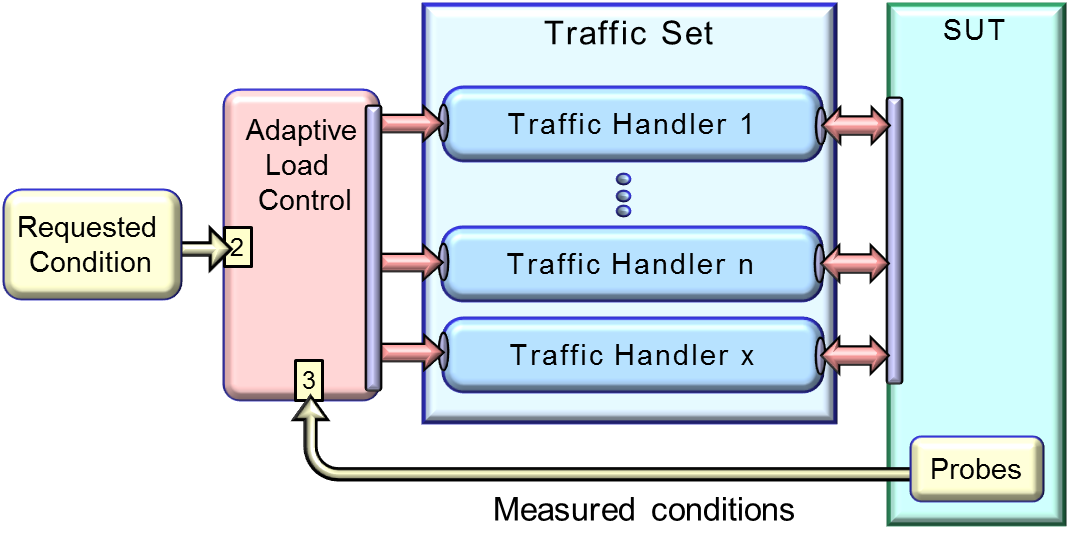
Figure F-1: Adaptive Load Control
A test case with Adaptive Load Control specifies a condition on the tested system that must be fulfilled when measurement data are captured.
The Adaptive Load Control function in MBC continously tries to adjust the generated load to meet the stated condition.
2. Significantly reduced test time for performance measurements
Our Adaptive load control reduces required test time for a performance measurements down to a few minutes.
You can start load from zero tx/sec or specify an initial transaction rate.
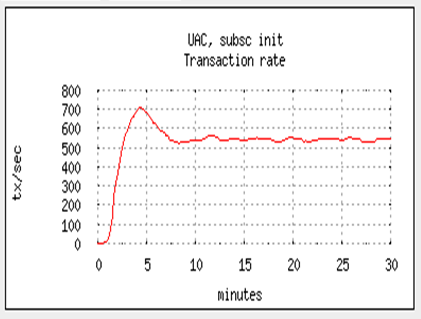
Figure F-2: Capacity measurement starting at 0 tx/sec.
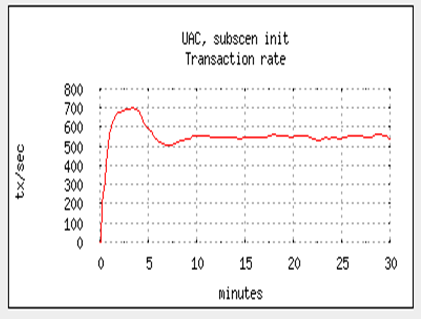
Figure F-3: Capacity measurement starting at 200 tx/sec.
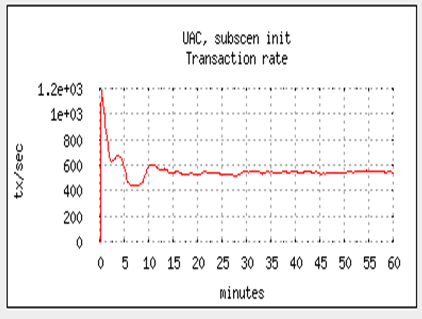
Figure F-4: Capacity measurement starting at 1000 tx/sec.
In the test cases above system capacity is measured at a CPU load of 80%.
Depending on initial transaction rate time to find the capacity is between 9 and 14 minutes.
3. Measurements with improved accuracy
Adaptive load control generates test results that are more accurate than with manual control.
This means that performance measurements are done with an accuracy not possible to reach with manually controlled performance tests.
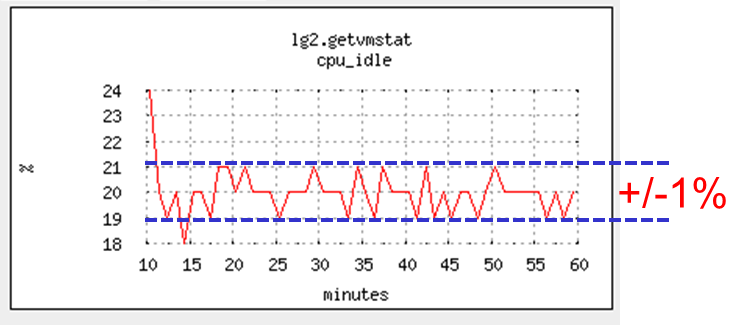
Figure F-5: Measurement precision is +/- 1%.
In the three capacity measurement scenarios above capacity figures are measured at 80% CPU load or 20% CPU idle time with a variation of +/- 1%.
4. No manpower needed to run a performance test
Adaptive load control enables completely autonomous performance tests.
This means that the test tool understands the conditions specified for a performance test and works autonomously to create the required measurements conditions and capture performance data.
5. Very efficient recordings of measurement data
Usually CPU resources for measurement data recordings are directly related to current transaction rates, i.e. higher transaction rates will use more CPU resources but also increase CPU usage for measurement recordings.
MBC uses a very small and constant amount of CPU resources for measurement data recordings.
The CPU usage for performance data recording is not only constant but totally independent of current transaction rates!
The benefits of this solution are:
-
More CPU power is available for creating more load.
-
Load conditions can change extremely rapidly unaffected by measurement recordings.
-
Performance measurement metrics are displayed in graphs faster and with less CPU usage.
-
Performance measurement data need less space on storage media.
6. Increased test tool productivity
One benefit of Adaptive load control is that more performance tests can be performed despite reduced available test time.
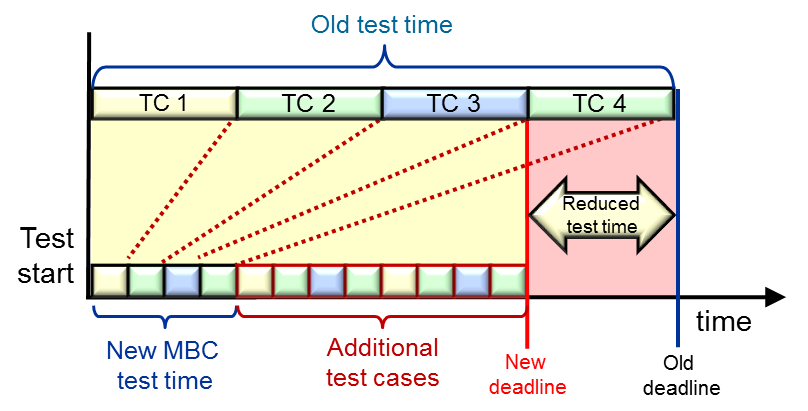
Figure F-6: More performance tests performed despite reduced time for performance testing.

